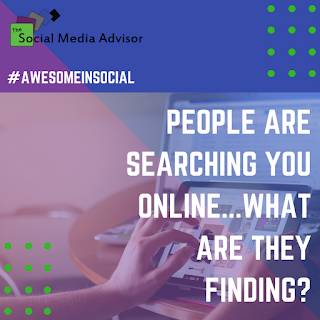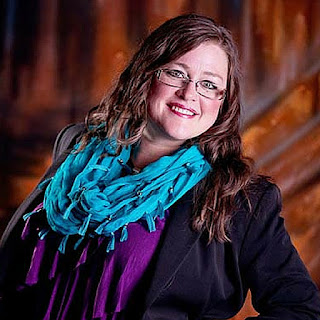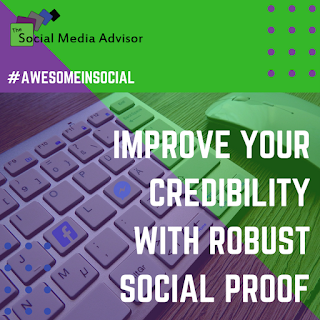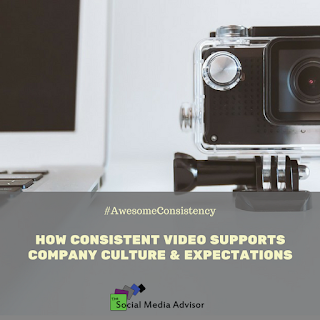We keep talking about how video, live video in particular, has the biggest impact in
social media in 2017 – and that’s just facts. If you are planning to incorporate video into your social media or marketing strategy on a regular basis, to take advantage of the benefits of consistency, then you will need a game plan for the videos you create. Why? Because your videos will become a part of your corporate and personal branding – they will speak to your company culture and visually demonstrate your mission, vision and values to your audience. Expectations will be the ultimate result of this effort so if you do not begin with the end in mind, you could miss the mark with your video marketing.
Company Culture
How do your marketing videos affect your overall company culture? It’s a twofold approach. First, they act as an example to your team of what your business stands for both internally and externally. They can be used to showcase the brand, boost employee morale, and leverage both recruiting and retention efforts.
Not only are they a promotional tool for hiring the best talent, they build your company’s online presence in a way that sets expectations for the audience. Video is a way of demonstrating what you stand for, what you do, and how you engage with others. It establishes trust and a level of comfort, as your viewers start to feel like they know you and what you stand for. This lowers any perceived or hidden barriers between you and your followers. Know, Like, and Trust – the social marketing triad – is established by posting videos regularly.
Starting with Video
The great thing about video marketing is that you can begin with as little as a cell phone or invest in really high-quality production experts – depending on your budget and what you are looking to achieve with your content. With the rise of live video, people no longer expect an expensive end result. Often, just sitting down, speaking to your audience, and responding when they engage is all that is needed to make video worthwhile.
Stay on Point
If you don’t really understand your own branding yet – I mean backwards and forwards – then take time to fully develop your brand story before diving into video. Why? You are going to want to display those aspects of your branding that make you unique, interesting, and that differentiate you from your competition in your videos. Clear and concise content is what is needed to retain attention and audience.
Spotlighting
Do you hate being spotlighted or feel uncomfortable with the idea that it must be you on camera every week? Get creative or switch it up. Give your staff a voice by interviewing them. Highlight your products as they arrive or as you are packing them up to ship out. Show off your work space. Give viewers an insider’s perspective on how and why you do what you do.
Have a Purpose
As with any decent marketing strategy, understand before you start what you are wanting to get out of this process. What is your call to action? Are you trying to connect with your audience and deliver your brand messaging to more people (reach)? Trying to grow your list / sales funnel (lead generation)? Do you want to flip viewers into paying customers (conversions)? Communicate what you need and what is important to you, and your business. In order to get your audience invested in you, they need to understand your “why.”
If you haven’t started creating videos for your website, email newsletters, vlogs, or social media – then now is a great time to start! Soon everyone will be doing it and it will be more difficult to #BeAwesome and get the sort of results you can get right now while this movement is fairly new.
Ready to brainstorm and talk strategy? Book a discovery call with me!








